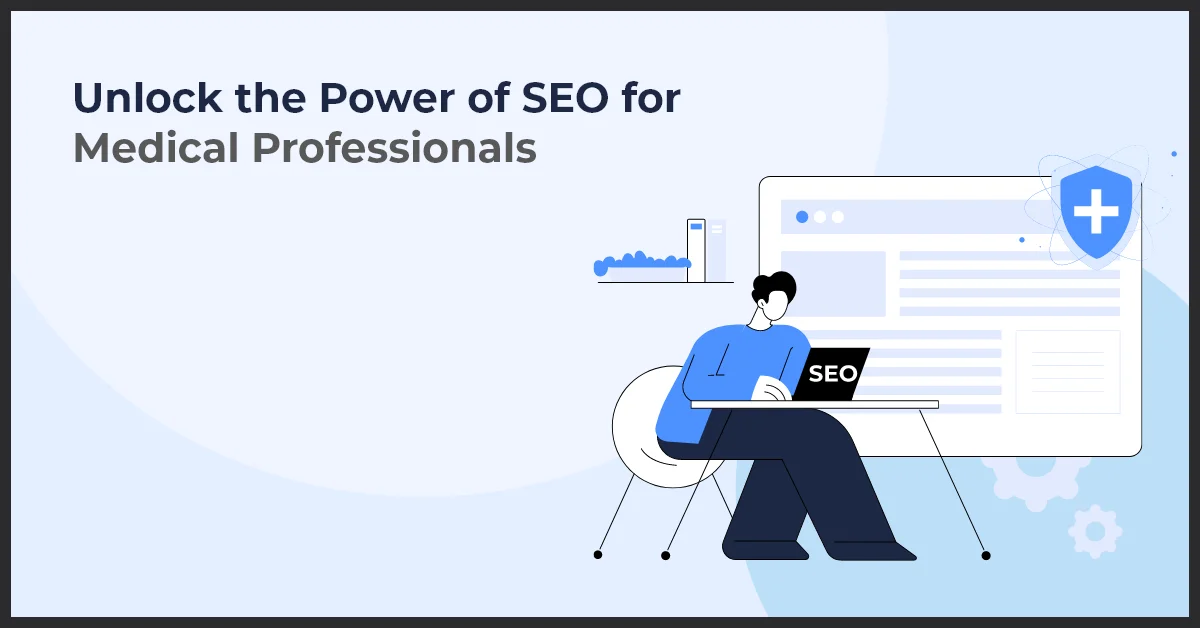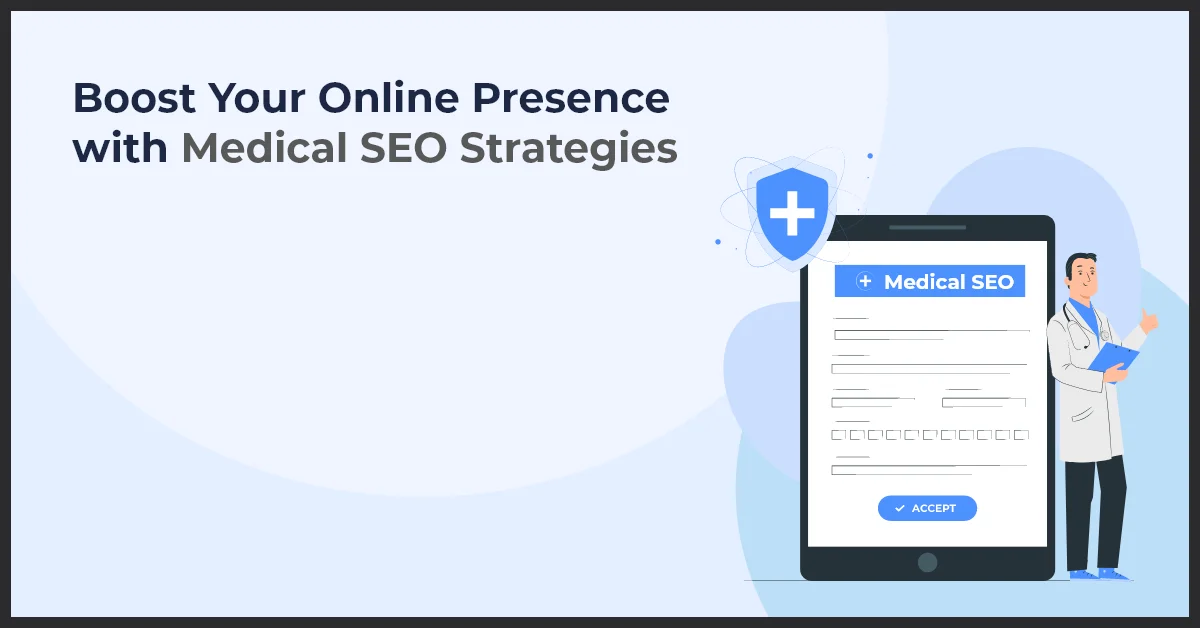B2B Lead Nurturing – Your Key to Marketing Success

Published on: June 15, 2020
Updated on: June 26, 2024
1604 Views
- Digital Marketing
16 min read
Are you struggling to convert leads into loyal customers? Look no further - B2B lead nurturing is here to revolutionize your sales process. In today's competitive business landscape, B2B lead nurturing has emerged as a game-changer, helping businesses establish meaningful connections with their prospects and drive sales like never before.
-If content is the king, then context is the queen…and engagement is the kingdom.
Philippe Ruttens
Introduction
B2B marketing differs from B2C marketing as the purchase process by the customer takes longer. It is the sum result of decisions of the members of a “committee” or a “buying center”. Content-driven nurture strategies play a vital role in funnel optimization and resulting movement that happens from top to bottom of the funnel.
Herein we shall discuss the content-centric guideposts typical of four stages of buyer journey in B2B business acquisition. The B2B lead nurturing stages are ToFu (Top of the Funnel), MoFU (Middle of the Funnel), BoFu (Bottom of the Funnel), Post-purchase/Customer Onboarding.
The Definition and Importance of B2B Lead Nurturing
B2B lead nurturing is the strategic process of engaging and building relationships with potential customers throughout their buying journey. It involves delivering relevant and valuable content at every stage, from initial contact to post-purchase follow-ups. By focusing on building trust, credibility, and personalized interactions, lead nurturing empowers businesses to stay top-of-mind, nurture prospects through the sales funnel, and ultimately convert them into loyal customers.
How B2B Lead Nurturing Supports the Sales Cycle
B2B lead nurturing acts as a guiding force throughout the sales cycle, offering several key benefits. Firstly, it helps businesses gain a deeper understanding of their prospects' pain points, challenges, and specific needs. By delivering personalized content and solutions tailored to their unique requirements, lead nurturing establishes businesses as trusted advisors, fostering strong relationships built on expertise and empathy.
Secondly, B2B lead nurturing addresses the common challenge of long sales cycles by maintaining consistent communication with prospects. It ensures that businesses remain top-of-mind and continue to deliver relevant information, keeping prospects engaged and informed at every touchpoint. By providing valuable resources and insights, lead nurturing accelerates the decision-making process and increases the likelihood of successful conversions.
Moreover, lead nurturing equips businesses with the power of automation and analytics. By implementing automated workflows and tracking prospects' interactions, businesses can cultivate leads efficiently at scale while also gaining valuable insights into their target audience's behavior and preferences. This data-driven approach allows for continuous improvement and optimization, resulting in higher conversion rates and accelerated sales growth.
B2B Lead Nurturing at Various Stages
ToFu
At the top of the funnel, you need attention-grabbing tactics that spread awareness of your brand and establish you as a thought leader in your domain. Since it is the first brand outreach and exposure exercise, the net has to be cast wide.
You have to make the right impression with highly relevant and informative content. Such content by raising brand awareness level helps build relationships and draws the customer to your door organically.
The most effective form of content at this stage is blog posts rich in facts and figures and industry knowledge. According to a survey conducted by the Content Marketing Institute, 73% of B2B marketers said that blogs were an effective way of taking customers to the next stage. As stated by Hubspot, 81% of companies consider their blogs “useful,” “important,” or “critical.”
The lead magnet is a problem solving or winning content that should generate value to the customer. The lead magnet helps you increase your customer-database by seeking customer’s information in lieu of productive downloadable content that could be of use to them. The content should be easily understandable and digestible. It could also be supported by visuals and illustrations.
Most widely used Lead Magnets in B2B marketing are infographics, Datasheets, whitepapers, research papers, podcasts, and eBooks.
MoFu
According to the American Marketing Association, positioning is defined as, “firm’s marketing activities geared toward positively adjusting the mind of the consumer via various marketing communication and promotion approaches.” Positioning, therefore, changes the mindset of the customer. Industrial positioning is necessary or else “price war” is the only option for you to compete in the market. The content, should, therefore, position your brand or the product as the best suited to meet the customer’s needs.
By this stage, the customer has gained basic familiarity with your brand and industry. On the customer end, it is the heavily research-oriented evaluation phase. And for you, as a B2B marketer, begins the task of personalization and persuasion. MoFu stage content can give the leading edge in the competitive race if you address the “pain points” of the customer through unique solutions.
At the ToFu level, you spread your message far and wide to let yourself be known. Here in the MoFu stage, you have to be working rigorously to segment them for ongoing communication paths based on the persona. The most effective content at this stage focuses on “why ” a particular persona may need your product or service.
Some types of content relevant at the MOFU stage are FAQs, Demo Videos, How to Guides, Interactive Meetings, Whitepapers, and Comparison Charts. You can also showcase your product or customer service excellence.
Since it is also the “know each other better stage”, you need to win the trust of the customer by showcasing your reliability and credibility. You can impress them with the features of your products and services and luring them with the benefits your wares bring along. However, you should avoid the pushy sales mechanism. The content should be educational and designed around delivering a solution.
MoFu bridges the gap between ToFu and BoFu stages of B2B lead nurturing as the customer is pulled down into the funnel leading to conversion.
BoFu
The conversion or sale takes place where the funnel is narrowest. This is, perhaps, the most important stage of the B2B lead nurturing funnel as the ultimate aim of gathering leads in ToFu and MoFu stages is sales. The customer has reached this stage after thorough research and analysis and they are now looking for that single most motivating factor that shall make them take a decision in your favor. Here you must focus on the “how” your product or service can help your customers.
This is the time when extensive consultations, demonstrations, free trials, cost estimates, and competitive positioning do the trick.
This is what gives all the more importance to in-depth case studies, which showcase the value of your products, services, or company. A well-framed case study that has solved the problem or a previous customer or addressed their need is an asset in B2B lead nurturing at the BoFu stage. The case study should have a theme and it should be structured in a standard format.
For physical products Augmented Reality (AR) can play a deal-clinching role at the BoFu stage. The AR technology integrates a digitally produced image on the real-time environment of the user, thus, creating a composite view. AR is extensively employed in the construction and equipment industry.
In order to achieve a good return on investment, your content should be highly optimized for search. You should not be spending big time on technology without weighing the pros and cons. You can balance the ROI and demand for the creation of compelling and novel content every day by adjusting the content mix.
Post-purchase Onboarding
Customer onboarding content should include step-by-step guided usage tutorials and support. Other essential content practices in onboarding include sending a welcome series of emails. It should be positive in tone with a congratulatory message on making a new purchase. There can be a guided audio-visual tutorial. Interactive walkthroughs are also extremely helpful in onboarding.
It costs 7 times more to attract a new customer than to retain an existing one. The onboarding and continuous support communications can play a key role in retaining and growing existing customers. Increasing the Customer Lifetime Value (CLTV) a key metric for every business.
Wherever possible, write old-style personal notes thanking the customer. Also, build relationships with end-users and introduce them to your product and customer service teams.
It is highly imperative to gauge customer satisfaction post-purchase phase of nurturing. Third-party or direct surveys can be commissioned to measure customer satisfaction. Customer Satisfaction (CSAT) and Net Promoter Score (NPS) are great for determining your customers' initial and continued satisfaction with your products and services.
Understanding the B2B Customer
When it comes to B2B lead nurturing, understanding the B2B customer is crucial. By gaining insights into your target audience, their needs, preferences, and pain points, you can tailor your lead nurturing efforts effectively. In this section, we will explore the key steps to understanding the B2B customer.
A. Identifying the target B2B audience
Before you can nurture your leads, you need to identify your target B2B audience. This involves conducting thorough market research to determine the businesses and individuals who are most likely to benefit from your products or services.
By defining your target audience, you can create targeted marketing campaigns that are specific to their needs and preferences. This will enable you to generate better quality leads and increase the chances of converting them into customers.
B. Analyzing customer needs, preferences, and pain points
Once you have identified your target B2B audience, it is essential to analyze their needs, preferences, and pain points. This involves understanding the challenges they face, what they value in a solution, and how your product or service can address their pain points.
Through surveys, interviews, and data analysis, you can gather valuable insights that will help you create personalized lead nurturing strategies. By addressing their unique needs and pain points, you will build trust and credibility with your B2B customers, increasing the likelihood of conversion.
C. Developing buyer personas for effective lead nurturing
Developing buyer personas is a critical step in B2B lead nurturing. Buyer personas are fictional representations of your ideal customers, based on real data and research. These personas encompass demographic information, job roles, pain points, preferences, and motivations.
By creating buyer personas, you can better understand the mindset and behaviors of your target audience. This knowledge allows you to create targeted content and communication strategies that resonate with your prospects, guiding them through the buyer's journey effectively.
Understanding the B2B customer is the foundation of successful lead nurturing. By identifying your target audience, analyzing their needs, preferences, and pain points, and developing effective buyer personas, you can create personalized and impactful lead-nurturing strategies that drive conversions and business growth.
Lead Nurturing
In the world of B2B marketing, lead nurturing is a crucial element in converting potential customers into loyal clients. It is not enough to merely generate leads; businesses must actively engage and nurture those leads to increase the likelihood of a successful sale.
Lead nurturing involves building relationships with prospects throughout their buying journey. It focuses on understanding their needs, providing relevant information, and guiding them towards making a purchase decision.
Identify
One of the key steps in effective B2B lead nurturing is the process of identification. Before you can nurture your leads, you need to know who they are and what they are looking for.
Identification involves understanding and collecting relevant information about your leads, such as their contact details, industry, job title, company size, and specific pain points they are experiencing. This valuable data allows you to personalize your nurturing efforts and tailor your messages to meet their specific needs.
To identify potential leads, you can utilize various tactics and tools. Here are some effective methods:
- Web forms: Implementing well-designed web forms on your website enables you to capture essential lead information when they visit your site or download your content.
- Lead scoring: By assigning scores based on specific actions and attributes, you can prioritize leads and focus on those that are most likely to convert.
- CRM integration: Integrating your lead nurturing efforts with your Customer Relationship Management (CRM) system allows you to consolidate lead data and track their engagement history.
- Content personalization: By analyzing the preferences and behaviors of your leads, you can deliver personalized content that resonates with them and provides relevant solutions.
- Social media monitoring: Monitoring social media platforms enables you to identify potential leads who are actively discussing or seeking solutions related to your industry or products.
By effectively identifying your leads, you can gain valuable insights into their needs and preferences. This information serves as a foundation for developing tailored nurturing strategies that guide leads through the decision-making process, ultimately leading to higher conversions and revenue.
Sales
In the realm of B2B lead nurturing, the sales process takes center stage. Sales, being an integral part of any business, plays a crucial role in converting leads into paying customers. This section will delve into the importance of an efficient sales strategy and how it contributes to successful lead nurturing.
B2B Lead Nurturing
Campaign
A successful B2B lead nurturing campaign is essential for converting potential leads into paying customers. It involves a strategic and systematic approach to engaging with prospects at various stages of the buying process.
Here are some key elements to consider when planning and executing a B2B lead nurturing campaign:
- Identify your target audience: Before launching a campaign, it's crucial to have a clear understanding of who your ideal customers are. Segment your audience based on demographics, industry, company size, and other relevant criteria.
- Create valuable content: The content you provide to your leads should be informative, educational, and tailored to their specific needs. This can include blog posts, whitepapers, case studies, videos, and more. Make sure the content is easily accessible and shareable.
- Map out the customer journey: As prospects move through the sales funnel, they will have different needs and pain points. Create a timeline or flowchart that outlines each stage of the customer journey and the corresponding content to deliver at each stage.
- Implement marketing automation: Marketing automation tools can greatly simplify the lead nurturing process by automating repetitive tasks such as email follow-ups and lead scoring. Leverage these tools to track and analyze prospect interactions with your content.
- Personalize your communication: Tailor your messaging based on each lead's interests, behavior, and preferences. Use personalized email marketing and dynamic content to provide relevant information and increase engagement.
- Track and measure results: Monitor key performance indicators (KPIs) such as open rates, click-through rates, conversion rates, and revenue generated to evaluate the effectiveness of your lead nurturing campaign. Make data-driven decisions to optimize future campaigns.
Process
In the realm of B2B lead nurturing, the process plays a crucial role in driving successful outcomes. It involves a systematic approach that focuses on developing relationships with potential clients, understanding their buying journey, and ultimately converting them into valuable customers.
Outlined below are the key steps involved in an effective B2B lead nurturing process:
- Identify and Define your Target Audience: Before embarking on any lead nurturing initiative, it is essential to clearly identify and define your target audience. This involves understanding their characteristics, pain points, behaviors, and preferences. By creating buyer personas, you can tailor your nurturing efforts to address their specific needs.
- Generate and Capture Leads: To nurture leads, you need to have them in the first place. Therefore, it is crucial to implement strategies to generate qualified leads. This can be done through various channels, including content marketing, social media, email campaigns, events, and more. Make sure to have effective lead capture mechanisms in place to gather relevant information.
- Prioritize and Segment Leads: Once leads are captured, it's vital to prioritize and segment them based on their potential value and readiness to engage. This enables you to tailor your nurturing efforts and allocate resources more effectively.
- Develop a Relevant and Engaging Content Strategy: Creating valuable, educational, and relevant content is a cornerstone of B2B lead nurturing. By mapping your content to different stages of the buyer's journey and addressing common pain points, you can establish credibility, build trust, and drive engagement with your leads.
- Implement Multi-Channel Nurturing: Utilize various communication channels, such as email, social media, webinars, and personalized outreach, to nurture leads at different touchpoints. By providing consistent and personalized messaging across channels, you can keep your brand top-of-mind and foster relationships with your leads.
- Monitor, Measure, and Optimize: Regularly monitor the performance of your lead nurturing efforts and measure key performance indicators (KPIs). Analyze metrics such as open rates, click-through rates, conversions, and customer acquisition costs. Based on the insights gained, optimize and refine your nurturing strategy to maximize results.
By following a well-defined and structured lead nurturing process, businesses can significantly enhance their chances of converting leads into loyal customers. Remember, B2B lead nurturing is not a one-time activity but an ongoing journey to build strong relationships and drive long-term business growth.
Conclusion
To conclude a B2B content marketer has to make a fit between the type of content and stage of lead nurturing. If the fit arrives properly and relevant content is delivered at customer touchpoints, it shall lead to better conversion and retention of customers.
There should be a balanced approach towards investment in nurturing at all stages. The investment should focus on maximizing the Economic Value of A Lead at every stage of the funnel.
Book a free 30-minute consultation with our B2B Lead Nurturing Experts from Growth Natives to see the possibilities you may be missing.



